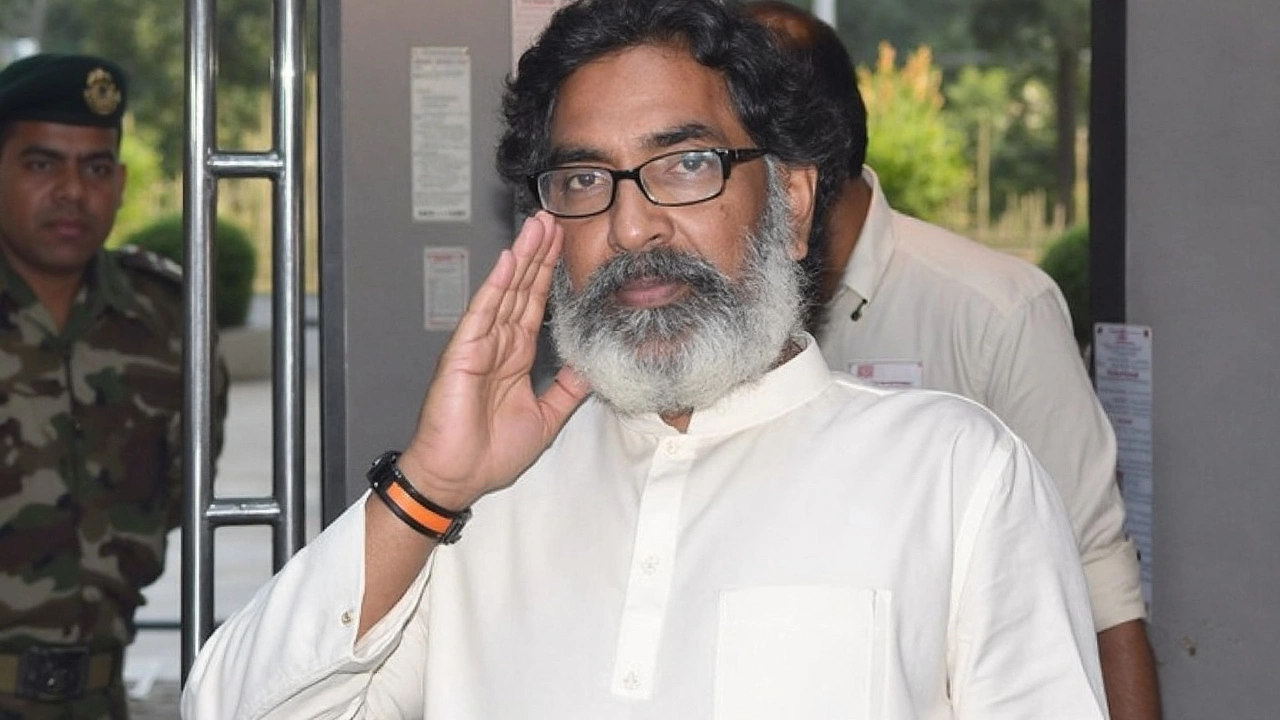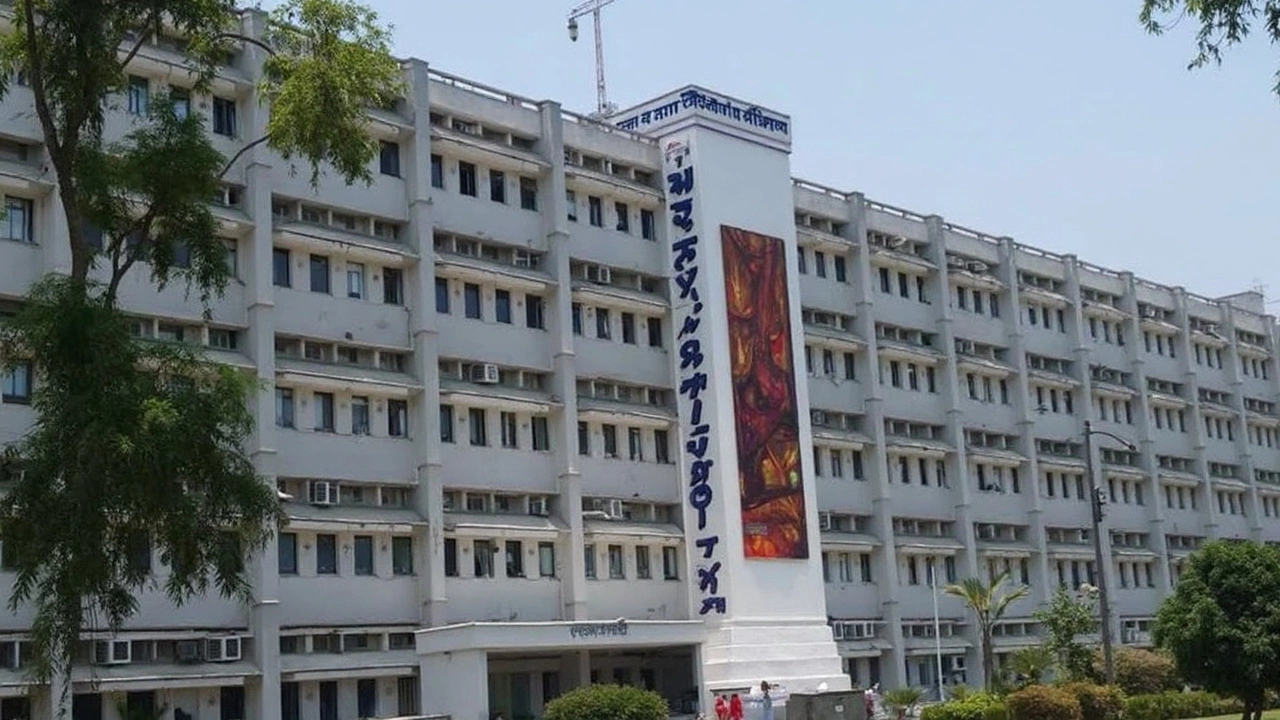Jharkhand Government Seeks ₹1,500 Crore Loan from RBI Amid Fund Withholding Dispute
 Mar, 22 2025
Mar, 22 2025
The Jharkhand government is dealing with some financial turbulence and has turned to the Reserve Bank of India (RBI) for a ₹1,500 crore loan. The decision comes as the state faces delayed allocations from the central government, putting a strain on their financial management. By borrowing this amount, Jharkhand intends to manage the fiscal gap this situation has caused.
Loan Details and Justification
According to the plan, the Jharkhand loan will be handled under the guidelines of the Fiscal Responsibility and Budget Management (FRBM) Act. With an annual interest rate set at 6.92%, the state has committed to repaying the loan over a span of three years. This setup aims to offer a structured approach to Jharkhand's repayment responsibilities without further stretching its financial resources.
Health Minister Irfan Ansari has been vocal about the challenges faced by the state due to the withholding of central funds. He argues that Jharkhand is in this position because the Centre hasn't disbursed their rightful funds, leading to a shortage of resources necessary for fulfilling their planned expenditures.

Impact and Response
The withholding of funds from the Centre has significant implications for Jharkhand’s budget planning. The state's financial strategy, including key development and infrastructure projects, hinges on timely and expected fund allocations. The delay has thus forced Jharkhand into a corner, needing to secure funds through an alternative route, essentially by opting for this RBI assistance.
The move to seek an RBI loan could be seen as a reflection of fiscal stress, spotlighting the challenges regional governments face when central funds are delayed. This situation raises questions about the financial dynamics between state and central administrations and how policy decisions at the national level can trickle down to alter local governance strategies.
For residents of Jharkhand, state expenditure usually translates to development initiatives and improvements in local infrastructure and public services. Thus, any financial bottleneck could potentially hinder progress and affect daily lives. This loan aims to cushion those effects, but it also adds a layer of fiscal obligation that the state government must manage diligently.
The dialogue between central and state governments regarding fund allocation seems poised for further development, as more states might find themselves in similar situations. As Jharkhand navigates this fiscal challenge, its approach could offer insights or precedents for managing state finances under pressure.